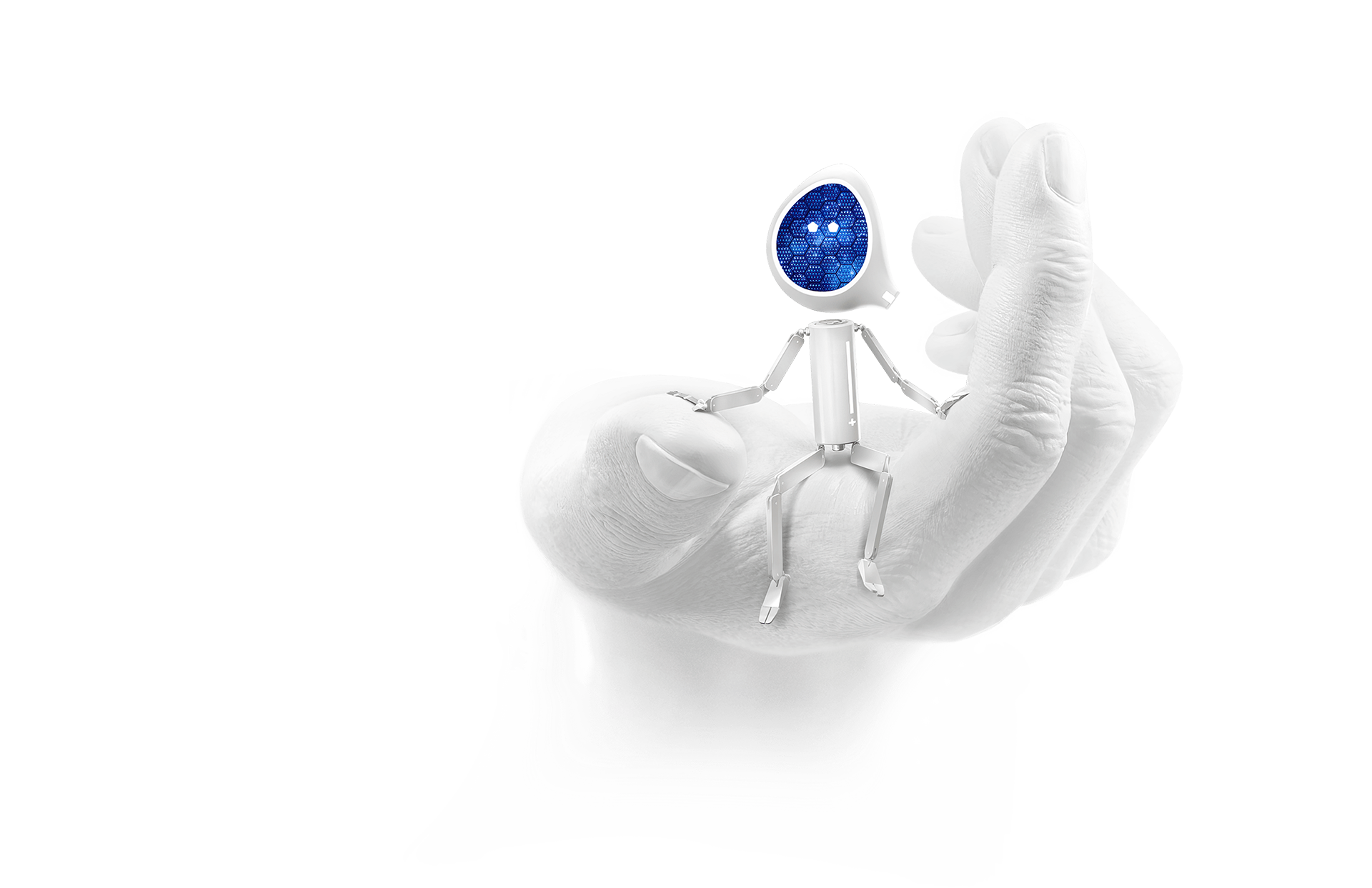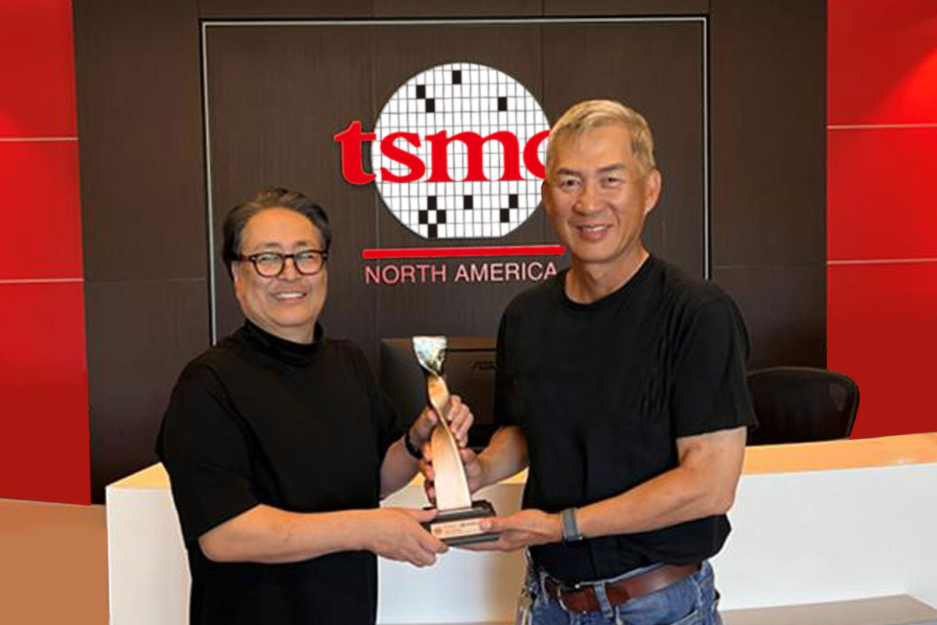Not known Facts About apollo4 plus
Not known Facts About apollo4 plus
Blog Article

Remaining: While in the VAB, the crawler transporter positions alone down below Cell Launcher one in preparation for rollout of SA-501 towards the start pad – Be aware the worker within the foreground for dimensions comparison.
When British rule was firmly founded, the indigo planters setup indigo factories in different areas to fulfill their unique interests. Just after creating an indigo manufacturing facility in the region (often called Neelkuthi), the indigo planters utilized to head out hunting on occasion.
Every single sample we share incorporates a detailed exploration methodology used to generate the report. Please also achieve our income team to acquire the entire list of our details resources.
A number of substantial Block II modifications had been produced to CSM-017 for certification functions, because no Block II spacecraft would fly without a crew.[26] These included upgrading the heat protect to Block II benchmarks, using a Block II CM-to-SM umbilical connector, and putting in Block II-model VHF and S-band antennae. On top of that, there have been modifications on the CM's hatch.[28] The reality that the spacecraft hatch couldn't be commonly opened in case of crisis experienced trapped the Apollo one astronauts in the fireplace that took their lives, and resulted in a redesign of the hatch. The brand new hatch wasn't scheduled to fly right up until the second Saturn V test (Apollo six), but its seals have been to become flight-qualified on Apollo four – the hatch window was replaced with a exam panel simulating the seals and exterior warmth shield.
For the 1st two uncrewed launches, 8 reliable-gas ullage motors ignited for four seconds to accelerate the S-II stage, accompanied by the ignition of your 5 J-2 engines. For the initial seven crewed Apollo missions only four ullage motors were being made use of to the S-II, plus they have been eliminated for the final 4 launches. About thirty seconds soon after very first stage separation, the interstage ring dropped from the 2nd phase.
0 platforms to permit automatic, trustless transactions and agreements.Data retrieval is facilitated by semantic research and all-natural language processing (NLP), which improve the precision and relevance of search results.Microtransactions can substitute the need for middlemen and supply new revenue streams for content creators, permitting for more equitable payment.Information leaks and cyberattacks are less likely for the reason that to decentralised systems and encryption.Buyers who have self-sovereign electronic identities can take care of who has access to their personal data and have interaction in Harmless on the internet conversation.Report Objectives
In a submit-flight press convention, Armstrong phone calls the flight “a beginning of a new age,” whilst Collins talks about foreseeable future journeys to Mars.
The pause among these steps would give time for your crew to flee via the Start Escape Tower or (inside the afterwards stages with the flight) the propulsion technique from the Assistance module. A third command, "Risk-free", was used following the S-IVB phase reached orbit to irreversibly deactivate the self-destruct program. The process was inactive so long as the rocket was even now over the launch pad.[75] Startup sequence[edit]
"As Ambiq carries on to diversify and increase its small business globally, the middle's IC enlargement serves as a beacon to our commitment and investment decision in Singapore, making it possible for us to increase our progress groups."
The engine shutdown technique was modified for that launch of Skylab to stop damage to the Apollo Telescope Mount. In lieu of shutting down all four outboard engines simultaneously, they were being shut down two at a time that has a delay to scale back peak acceleration further more.[9] S-II sequence[edit]
AS-203, an uncrewed Saturn IB start which supported the Apollo program but carried no Apollo spacecraft, intended to be introduced 3rd during the collection
The first 3 flights carrying Apollo devices were being launched employing Saturn IBs. This more compact start auto didn't use the facilities at KSC, but troubles settled by Saturn IB flights would be valid for the people for being released from the Saturn V. Equally the Saturn IB as well as Saturn V would use a S-IVB, while the IB would use it as its second, last stage, instead of the third stage as within the Saturn V.
Ambiq’s mission is to acquire the bottom-electrical power semiconductor options that enable clever devices in all places to push a healthier, cleaner, and even more productive globe.
The ability will target increasing its design and style, verification, and validation engineering teams to aid business growth.
Get Smart. Use Less Energy.
Ultra-low power SoCs for IoT endpoint devices
that demand complex operations
and longer battery life.
✍ Ambiq® is committed to further improve the quality of life by enabling the intelligence of endpoints while further reducing carbon footprints. Ambiq – your partner in endpoint intelligence.
✯✯✯Based in Austin, San Jose, Hsinchu, Shenzhen, and Shanghai, our leadership and management teams consist of advocates, builders, enthusiasts, entrepreneurs, explorers, incubators, inventors, pioneers, protectors, thinkers, and visionaries. With a diverse spectrum of experiences and skillset, we came together and united with one goal to enable the true Internet of Things where the battery-powered endpoint devices can truly be connected intuitively and intelligently 24/7.
Ambiq Wins the Demo of the Year Award at 2023 TSMC Technology Symposium
September 7, 2023, Austin, TX – Ambiq®, a leading developer of Ambiq micro ultra-low-power semiconductor solutions that deliver a multifold increase in energy efficiency, was awarded the Demo of the Year Award by TSMC as a participant of the Innovation Zone at the 2023 TSMC North America Technology Symposium.
Ambiq Wins the Demo of the Year Award at 2023 TSMC Technology Symposium
During the April event, Ambiq showcased various product design wins using TSMC’s 22nm technology in wearables, digital health, smart home, Industrial IoT, pet trackers, and retail segments, with industry-leading energy efficiency. Ambiq also featured two live demos emphasizing its leadership in enabling endpoint AI with its HeartKit™ for remote patient monitoring and its graphics display capabilities for a vivid user interface. 
TSMC pioneered the pure-play semiconductor foundry business model when it was founded in 1987, helping startup companies accelerate their innovations by providing access to the industry’s leading process technologies and manufacturing capacity. Since 2021, TSMC has expanded that mission with an Innovation Zone at its worldwide Technology Symposiums, highlighting how TSMC partners with startup companies to enable cutting-edge products from various applications, including high-performance computing, communication, automotive, IoT, and consumer segments.
“We’re grateful to TSMC and our booth visitors for allowing us to share our energy-efficient technology and processor solutions with them,” said Ambiq’s CEO, Fumihide Esaka. “We’re moving towards an exciting frontier of AI becoming more engrained with our daily lives. With that vision on the horizon, we will continue to develop innovative and first-of-its-kind ultra-low-powered solutions that keep innovation and sustainability in mind. 
Ambiq’s mission is to develop the lowest-power semiconductor solutions to enable intelligent devices everywhere by developing the lowest-power semiconductor solutions to drive a more energy-efficient, sustainable, and data-driven world. Ambiq has helped leading manufacturers worldwide develop products that last weeks on a single charge (rather than days), while delivering a maximum feature set in compact industrial designs. Ambiq’s goal is to take Artificial Intelligence (AI) where it has never gone before in mobile and portable devices, using Ambiq’s advanced ultra-low power system on chip (SoC) solutions. Ambiq has shipped more than 200 million units as of March 2023.
Ambiq Designs Low-Power for Next Gen Endpoint Devices
Ambiq’s VP of Architecture and Product Planning, Dan Cermak, joins the ipXchange team Ambiq sdk at CES to discuss how manufacturers can improve their products with ultra-low power. As technology becomes more sophisticated, energy consumption continues to grow. Here Dan outlines how Ambiq stays ahead of the curve by planning for energy requirements 5 years in advance.
Ambiq Highlights From Embedded World 2024
Facebook | Linkedin | Twitter | YouTube